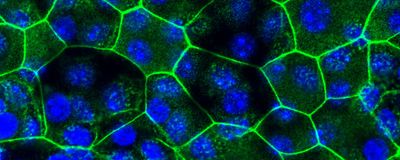Login
Subscribemouse model
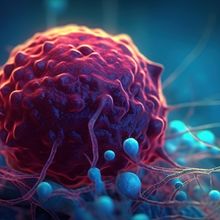
Targeting Breast Cancer Metastasis
Tanvir Khan, PhD | Oct 16, 2023 | 3 min read
Researchers inhibited molecules that regulate both tumor and immune cell migration and their crosstalk signaling to impede metastasis.

A Long and Unhealthy Life?
Aparna Nathan, PhD | Sep 13, 2023 | 3 min read
A new mouse model shows that the Myc protein has complex effects on aging and cancer.
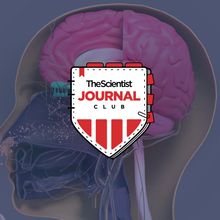
The Scientist’s Journal Club: Olfaction and the Brain
The Scientist’s Creative Services Team | 1 min read
Gonzalo Otazu will discuss how the brain processes smells differently in neurotypical mice compared to a mouse model of autism spectrum disorder.
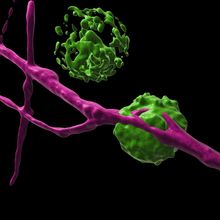
How Cells in the Skin Team Up To Fight Pathogens
Rachael Moeller Gorman | Apr 12, 2023 | 4 min read
Immune cells and pain neurons form complex partnerships to protect our bodies from pathogens, new research reveals.
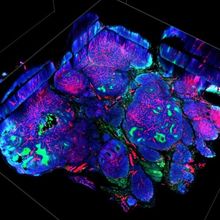
Self-Charging Battery Battles Tumors in Mice
Natalia Mesa, PhD | Apr 4, 2023 | 3 min read
A battery that charges itself in salty fluids starves tumors of oxygen, helping improve some drugs treat cancer, a study finds.
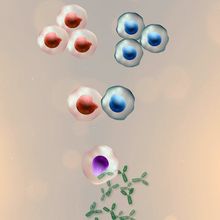
Understanding Hybridoma Technology for Monoclonal Antibody Production
Alpana Mohta, MD | 5 min read
By fusing antibody-producing cells with immortal myeloma cells, researchers produce reliable supplies of highly specific antibodies.
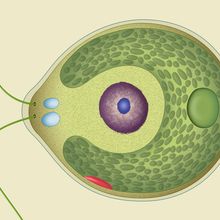
Drugs Hitch a Ride on Algae for Targeted Delivery
Holly Barker, PhD | Feb 1, 2023 | 3 min read
A new microrobot uses algae to transport antibiotics into the lungs of mice with pneumonia.
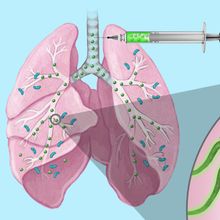
Infographic: Algae Robots Transport Antibiotics to Infected Tissues
Holly Barker, PhD | Feb 1, 2023 | 1 min read
Microscopic algae dotted with drug-filled nanoparticles may offer a more effective means of treatment than traditional delivery methods.
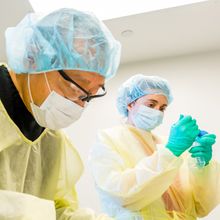
Contract Vivarium Facilities for Preclinical Discovery
The Scientist’s Creative Services Team and Mispro | 3 min read
Researchers rent contract vivarium space for greater experimental control, productivity, and reproducibility when developing new therapeutics.
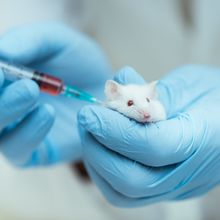
Opioids Recruit the Immune System to Cause Withdrawal Symptoms
Dan Robitzski | Jan 25, 2023 | 6 min read
A study finds that T cells induced by heroin cross the blood-brain barrier to wreak havoc on the brain, hinting at new ways to prevent withdrawal.
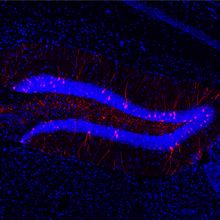
Asthma Drug Helps Mice Retrieve Memories “Lost” to Sleep Deprivation
Zunnash Khan | Jan 24, 2023 | 4 min read
A study finds roflumilast can reverse sleep deprivation–induced amnesia in mice, hinting at pathways to treating memory loss in people.
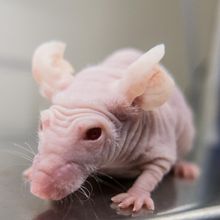
Brush Up: Humanized Mice: More than the Sum of Their Parts
Deanna MacNeil, PhD | 5 min read
Scientists study human health in vivo with modified mice that molecularly mimic human biology.
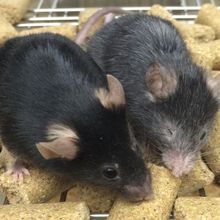
Epigenetic Manipulations Can Accelerate or Reverse Aging in Mice
Alejandra Manjarrez, PhD | Jan 12, 2023 | 4 min read
Repairing damaged DNA appears to drive aging by causing the loss of epigenetic information, but restoring that information reverses such effects, a study finds.
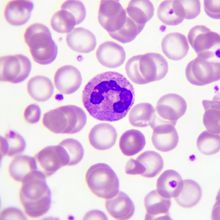
Mucus-Eating Gut Bacteria May Promote Fever After Cancer Treatment
Alejandra Manjarrez, PhD | Jan 5, 2023 | 3 min read
The expansion of mucus-degraders in the mouse gut—possibly due to poor nutrition—thins the colon’s mucus layer and may weaken defenses against blood-infecting microbes.
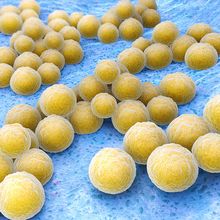
The Scientist Speaks - Virulence Meets Metabolism: The Unique Evolution of Staphylococcus aureus
Niki Spahich, PhD | 1 min read
Anthony Richardson discusses what makes Staph especially dangerous for people with diabetes.
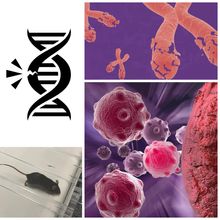
Our Favorite Cancer Stories of 2022
Dan Robitzski | Dec 27, 2022 | 4 min read
This year, cancer researchers uncovered a variety of ways that tumors can survive and spread, ranging from damaging their own DNA to exploiting the nearby microenvironment for nutrients.
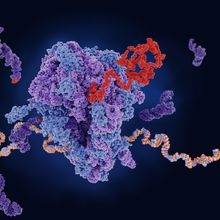
Specialized Sperm Ribosomes Are Key to Male Fertility in Mice
Dan Robitzski | Dec 15, 2022 | 4 min read
A previously unknown kind of ribosome is responsible for folding sperm proteins, which decay before fertilization if prepared by other ribosomes.
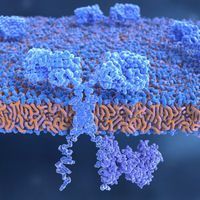
LabTalk Podcast - A Modern Trojan Horse: Delivering Combination Immunotherapies to Solid Tumors
The Scientist’s Creative Services Team and IsoPlexis | 1 min read
Katie McKenna discusses a combination CAR T and viral therapy that kills solid tumors.
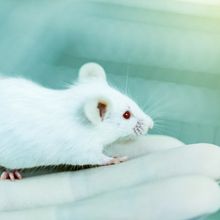
Study Traces a Neural Circuit Behind Green Light–Mediated Pain Relief
Alejandra Manjarrez, PhD | Dec 9, 2022 | 4 min read
A mouse study concludes color-detecting cones in the eye and a subset of neurons in the brain’s thalamus are why green light exposure has an analgesic effect.
